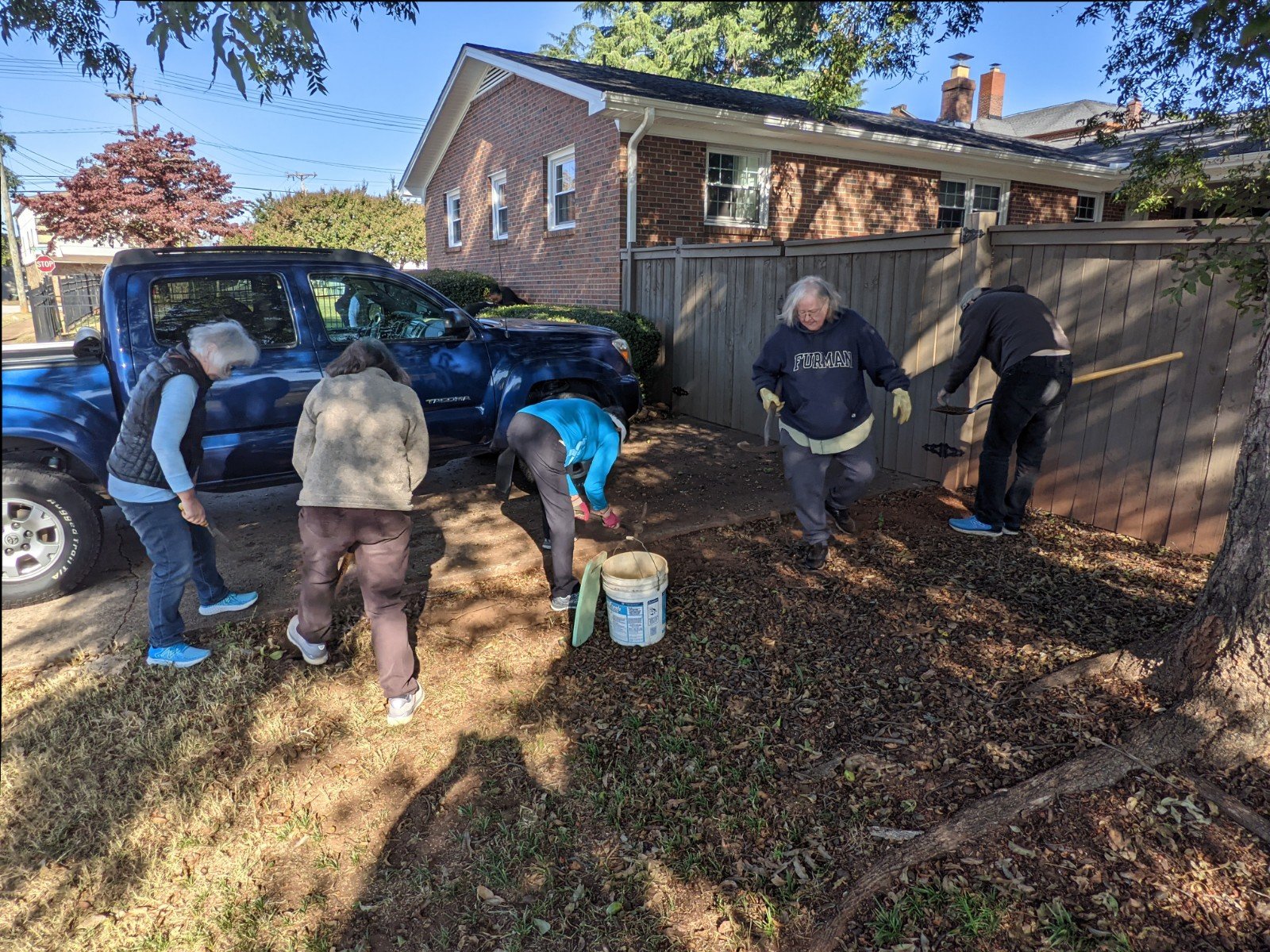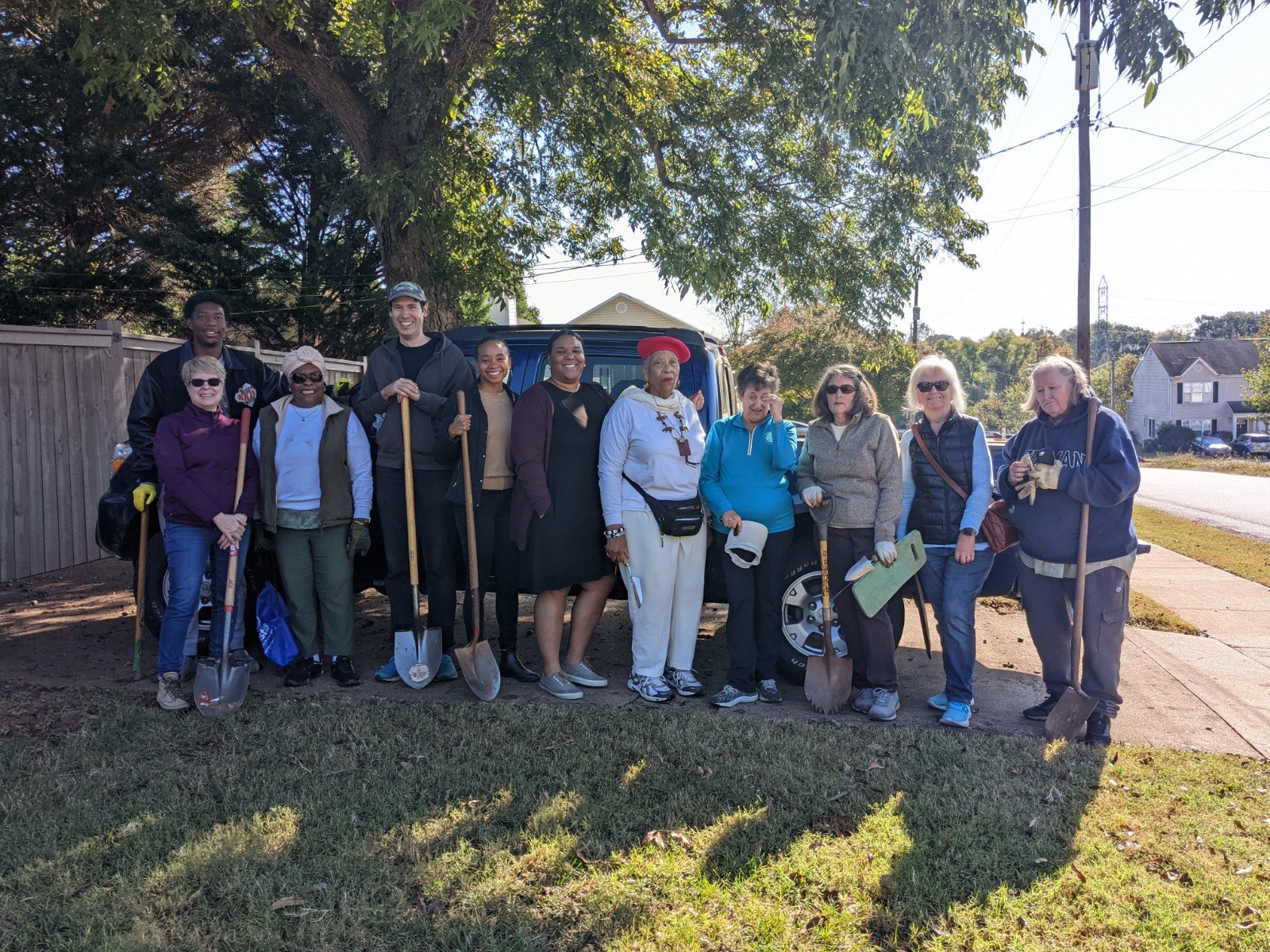
Ira Johnson
-
Say His Name: Ira Johnson
Ira Johnson Greenville County, South Carolina, July 15, 1895
In the early hours of July 15, 1895, a mob of over 100 white people brutally lynched Ira Johnson, a young African American man, miles outside of Greenville, South Carolina. Accused of killing a white man, Ira Johnson was kidnapped from jail, hanged, and shot before a trial or investigation.
A week before, Ira Johnson and a white man named Frank Langford got into an altercation that escalated into an exchange of gunfire. Mr. Johnson was accused of killing Mr. Langford and was taken to jail to stand trial for the charges. Many African Americans were lynched after being accused of murder during this era, when suggestions of black-on-white violence were rarely subject to scrutiny. An angry white mob formed with more interest in vengeance than in allowing Mr. Johnson to receive due process through the judicial system. After days of covert planning, the mob snuck into the city to kidnap Ira Johnson from the county jail around 2:00 a.m. on July 15. It was not uncommon for lynch mobs to seize their victims from jails, prisons, courtrooms, or out of police hands. The jailer did not protect Mr. Johnson from the mob, despite being charged with ensuring Mr. Johnson’s safety and even though rumors of a potential lynching were well-known.
Prior to Mr. Johnson’s abduction, black residents in Greenville knew that Mr. Johnson was in danger of mob violence and suspected that law enforcement would not protect him. Several felt that attempting to protect Mr. Johnson themselves would be their only recourse to prevent his lynching. Days and nights before the scheduled trial, African Americans armed themselves and stood near the jail to protect Ira Johnson from mob violence. City officials including the Mayor, the Chief of Police, and the Sheriff, said this was disorderly and unnecessary, and ordered the black residents to disperse. In an attempt to discourage their presence, one man was charged a $60 fine, while two others were charged $50 each. The very night that the black residents protecting Mr. Johnson were removed, the white mob moved in to kidnap him.
Greenville residents watched through their window blinds as the mob of white men carried Ira Johnson from the jail to a tree about a mile north of town along Buncombe Road. Once they arrived, the white mob stripped Ira Johnson, tied his hands behind his back with a handkerchief, tied a rope around his neck, and hanged his body from a small red oak tree. They shot him an estimated 500 times. The mob dispersed in the early morning hours, abandoning Mr. Johnson’s body, which was found soon after by an African American child. White lynch mobs often hanged their victims in prominent locations and left their lifeless bodies behind to send a broader message of fear and domination to the entire African American community. The coroner took Mr. Johnson’s body down on the morning of the 15th and placed it in a coffin to deliver to his family.
African Americans in Greenville were deeply aggrieved at the brutal killing of Ira Johnson, as well as by law enforcement’s failure to protect him. That indignation grew even greater when Mr. Johnson’s lawyer revealed that during the scheduled trial, he would have mounted a credible self-defense claim through six witnesses willing to testify that Frank Langford repeatedly shot at Mr. Johnson before Mr. Johnson shot back. Because Mr. Johnson was lynched before the trial could take place, no judge or jury ever heard this evidence.
White people in Greenville took the understandable anger of African Americans at the lynching of Mr. Johnson and turned it into rumors about black retaliation. Reports began to spread that black people were planning to lynch a white man being held at the county jail. Government and law enforcement responded promptly. The Governor of South Carolina ordered two military companies to occupy the city of Greenville, at the jail and the armory, to protect white people from any rumored threats of retaliation from the black community, even though there was no credible evidence of this occurring. Black people in the city had much more reason to be fearful. Every police officer in the city was placed on duty and firefighters were on guard in case black people attempted to burn down white homes. These rumors stemmed from and sought to perpetuate the false narrative that black people were inherently violent. The swift and dramatic action also demonstrated the capacity of law enforcement to protect the lives of white citizens, while not affording the same protections to victims of racial terror lynching like Ira Johnson and the entire African American community.
Even though at least 100 people participated in the mob, no one was held accountable for the kidnapping and killing of Ira Johnson. One editorial did critique the lynching because it would have negative impacts on “the prosperity and good name of the State.” White people were more concerned about the lynching’s impact on their reputation than on the African American community, who were meant to be terrorized by these acts. Even though the editorial acknowledged the lynching was horrific, they argued that it would be “useless” to attempt to hold anyone accountable for the crime:
“...It will be useless to expect men inflamed by passion and desire for vengeance, to abstain from deeds of lawlessness. Nor is it worth while to abuse and condemn the officers of the law. They could not prevent it, and they can not punish it. A whole community can’t be indicted; and, if it is, no one is going to testify against it, and no conviction will follow.”
These remarks evidenced the lack of social and political will to curb the use of fatal violence against black people by the white community, even in the aftermath of an extrajudicial crime of lynching. Defined by a lack of protection for black people, the abandonment of the rule of law, and a lack of accountability for white people who participated in these acts of terror, the era of racial terror lynchings would claim the lives of thousands of black women, men, and children with impunity, as demonstrated in the case of Ira Johnson.
Ira Johnson was one of at least four African American victims of racial terror lynching killed in Greeville County between 1877 and 1950, and one of at least 185 victims in the state of South Carolina.
Sources:
The Wilmington Morning Star, (Wilmington, North Carolina), July 16, 1895.
Carlisle Evening Herald, (Carslisle, Pennsylvania), July 16, 1895.
The Times and Democrat, (Orangeburg, South Carolina), July 17, 1895.
The Intelligencer, (Anderson, South Carolina), July 17, 1895.
The North Carolinian, (Raleigh, North Carolina), July 18, 1895.
The Gaffney Ledger, (Gaffney, South Carolina), July 19, 1895.
The People’s Journal, (Pickens, South Carolina), July 18, 1895.
The Laurens Advertiser, (Laurens, South Carolina), July 23, 1895.
The People’s Journal, (Pickens, South Carolina), July 25, 1895.
Equal Justice Initiative, Lynching in America: Confronting the Legacy of Racial Terror (3d Ed., 2017).






















